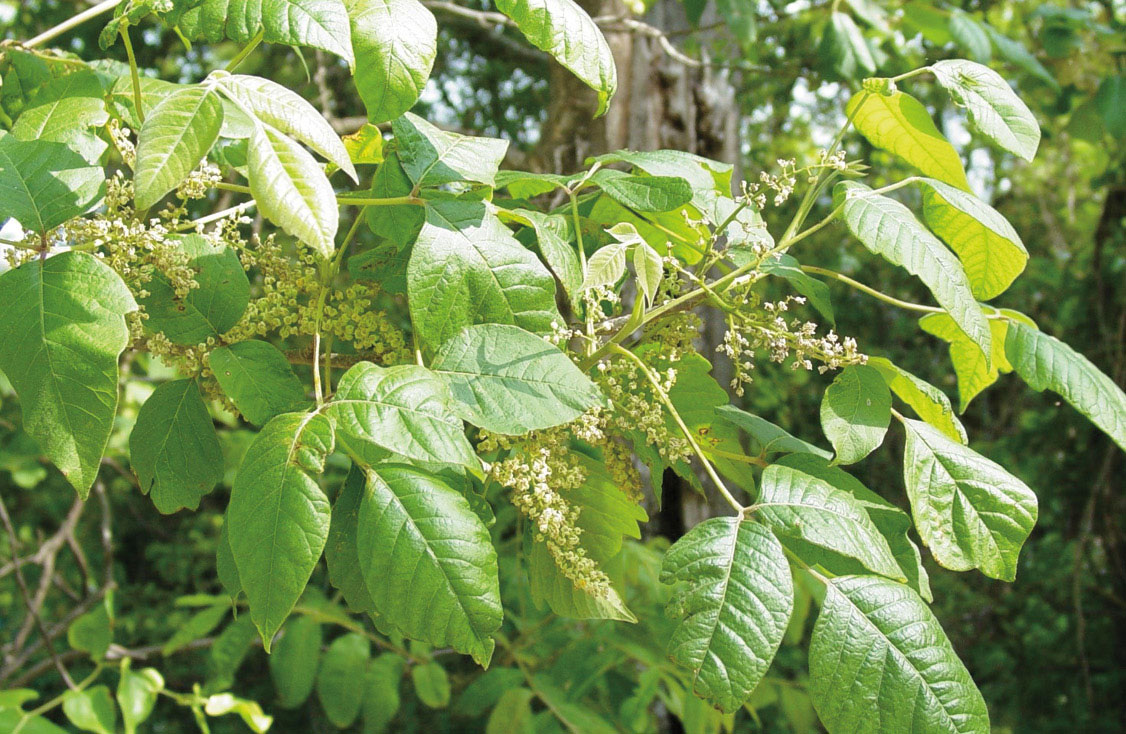 Ask the Steward
Ask the Steward
Question: I planted my first 300 tree seedlings this spring and have my weed control applied. Do I need to put tree tubes on them?
Answer: Congratulations on the tree planting! Three hundred trees and controlling weeds is a good deal of work for a first-time project. Whether you should install tree tubes really boils down to the amount of wildlife damage that will occur to the seedlings if you don’t protect them - especially damage from white-tailed deer. Rabbits can also cause damage, but their numbers and extent of damage in large scale plantings usually do not warrant the work and expense of installing tree tubes. Unfortunately, white-tailed deer populations in many areas of Indiana are high enough where damage to newly planted trees seedlings can be extensive, and some type of seedling protection may be necessary in these areas to insure successful tree establishment. Methods of control may include controlling deer populations through hunting, fencing to exclude deer from the planting area, deer repellants and tree tubes- or a combination of these. Each have their pros and cons but reducing deer populations should be part of the strategy where hunting is feasible. A reduced deer herd will reduce damage to tree seedlings AND the native plants, wildflowers, and natural tree regeneration of your woods. That’s a win-win-win-win. As for tree tubes- they are definitely effective in protecting against deer (and rabbit) damage and promotes growth of seedlings within the tube enclosure. First step is to get the correct tree tube. Obtain a style that allows for some light penetration, air movement and tall enough to get the new seedling above deer browse level. A five-foot-tall tube is generally sufficient. Some choose a six-foot tube, but a four-foot tube is definitely too short. Leave the tree tube on the seedling until it is grown at least 4’ above the tube and has the stem size and strength to support the tree after the tube is removed. One of the side benefits of tree tubes is the protection it provides the seedling while applying herbicide weed control. For large scale tree plantings, perimeter fencing may be a more economic option compared to tree tubes. Deer repellants require regular retreatments, but may be a good option for small scale, easily accessible plantings. Happy planting!
Question: My woods in North central Indiana has quite a bit of poison ivy along the open fence line- or maybe it’s poison oak. I’d like to get rid of it. Should I burn it?
Answer: Let’s start with your first question- is it poison oak or poison ivy? Since you are in Indiana the answer is easy since poison oak is not found in the Hoosier state. Poison ivy (Toxicodendron radicans) has a large natural range and can be found in most all the lower 48 states. While poison oak (Toxicodendron toxicarium) is primarily found in southern and western states, particularly the coastal states. It is less common in the central region of the U.S.- and not found in Indiana. Controlling poison ivy can be done by repeating cutting, hand pulling, or use of herbicides. However, in reality the most effective control is through the proper use of herbicides. Glyphosate and triclopyr are two of the more common effective herbicides. Follow all label directions. Poison ivy (pictured) leaves are elongated, sometimes with a scalloped edge. The underside of their leaves are often “fuzzy”. The leaves of Poison oak are shiny are lobed much like an oak leaf. (Charles T. Bryson, USDA Agricultural Research Service, Bugwood.org)
Poison ivy (pictured) leaves are elongated, sometimes with a scalloped edge. The underside of their leaves are often “fuzzy”. The leaves of Poison oak are shiny are lobed much like an oak leaf. (Charles T. Bryson, USDA Agricultural Research Service, Bugwood.org)
If you decide to pull poison ivy use caution to avoid skin contact with the sap of leaves and stems. This sap contains the rash causing urushiol oil, which can also linger on clothing and tools risking exposure long after initial contact. Since the urushiol oil is not water soluble clean-up with soapy water, or alcohol to remove the sap. Rinse well with water after washing- do not scrub skin. DO NOT burn poison ivy as the smoke from the oily urushiol sap is toxic. Contact with or breathing in the smoke can cause eye, nose, lung, as well as skin irritation. A final note from personal experience: You can indeed get poison ivy allergic reaction even during the winter. The sap is present in the stem and roots of poison ivy plants all year. Handle plants accordingly.
Dan Ernst is a professional forester and past Assistant State Forester with the Indiana Division of Forestry. He has authored ‘Ask the Steward’ since 1992 and can be reached at foresterdan@yahoo.com
